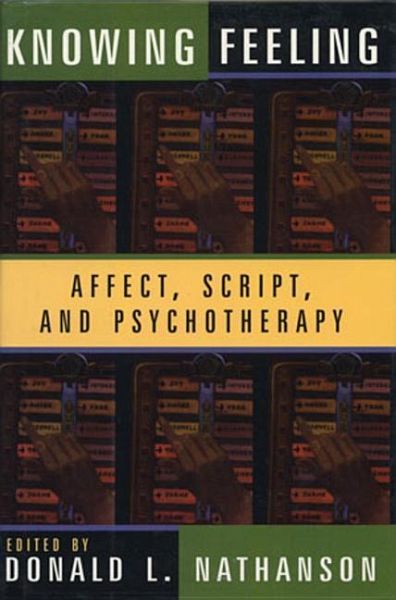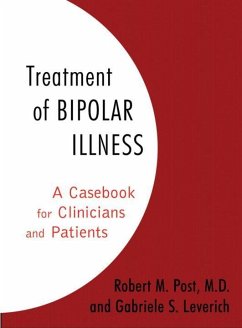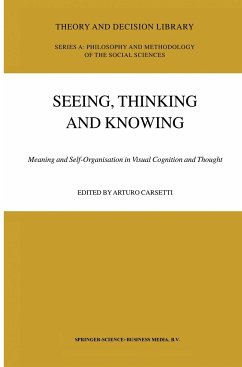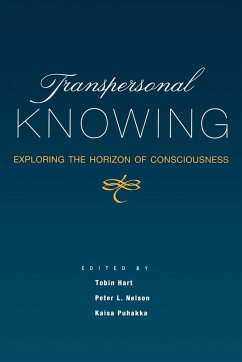
Knowing Feeling: Affect, Script, and Psychotherapy

PAYBACK Punkte
21 °P sammeln!
This is a book about knowing feeling in all its aspects - and the difference that makes in psychotherapy. It is the first book to present specific therapeutic techniques and ways of looking at the human condition based on the Tomkins-Nathanson theory of emotion. Once grasped, Tomkins's affect theory illuminates both the small moments when shame takes over and the large patterns of human emotional interaction. As the contributors demonstrate in these wide-ranging essays, it provides new ways to understand intimacy, human sexuality, and the relationship between infants and their caregivers. It c...
This is a book about knowing feeling in all its aspects - and the difference that makes in psychotherapy. It is the first book to present specific therapeutic techniques and ways of looking at the human condition based on the Tomkins-Nathanson theory of emotion. Once grasped, Tomkins's affect theory illuminates both the small moments when shame takes over and the large patterns of human emotional interaction. As the contributors demonstrate in these wide-ranging essays, it provides new ways to understand intimacy, human sexuality, and the relationship between infants and their caregivers. It changes the way one assesses a client, forms a diagnostic alliance, or does research on shame and guilt. In clinical chapters, readers will find that understanding the basic affects - interest-excitement, enjoyment-joy, surprise-startle, fear-terror, distress-anguish, anger-rage, dissmell, disgust, and shame-humiliation - gives direction and richness to the practice of marital therapy, cognitive therapy, psychopharmacology, art therapy, psychoanalysis, and Jungian depth therapy. It can be applied to the treatment of trauma following abuse or war, in dramatic role-playing for such PTSD patients, in the remediation of young criminals, and even in the theater. This is an ambitious and wide-ranging work. Nathanson's thought-provoking chapter introductions provide continuity and bridges. Readers open to new possibilities are likely to find that their ways of practicing therapy and of being in the world are profoundly changed by what they learn here.













